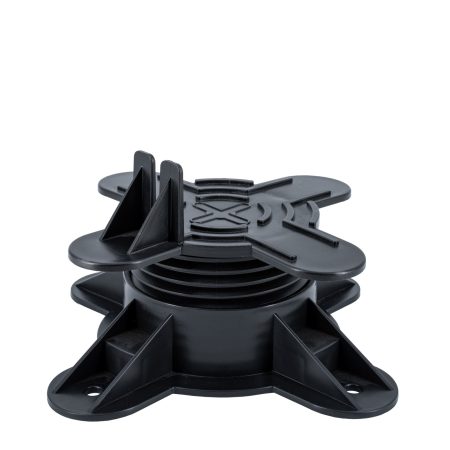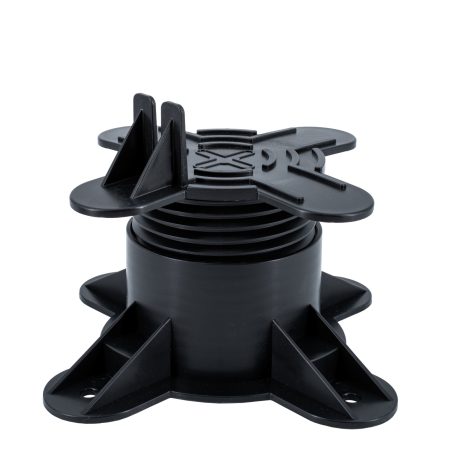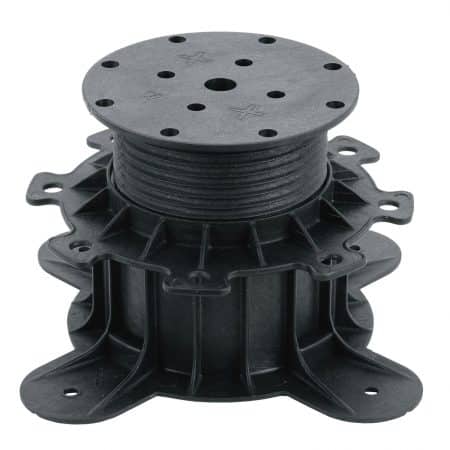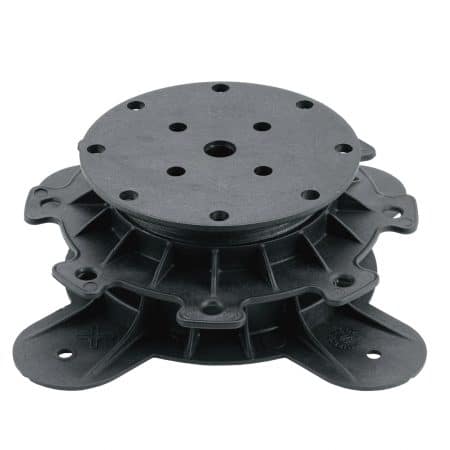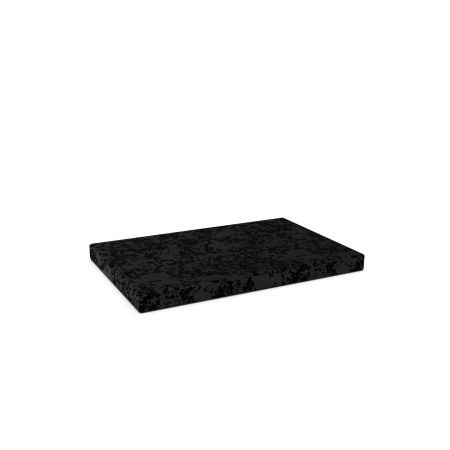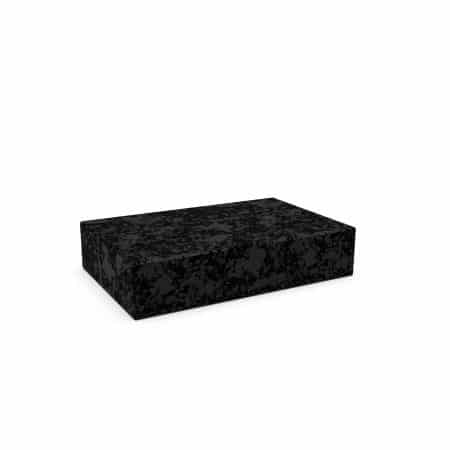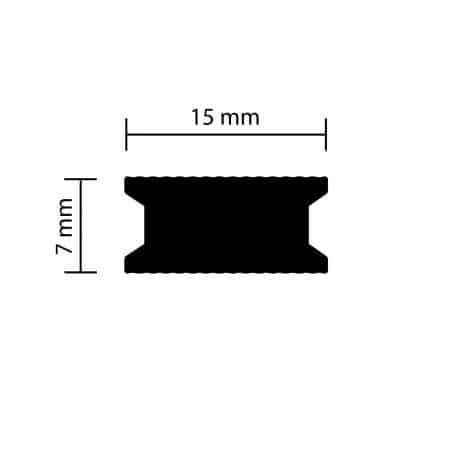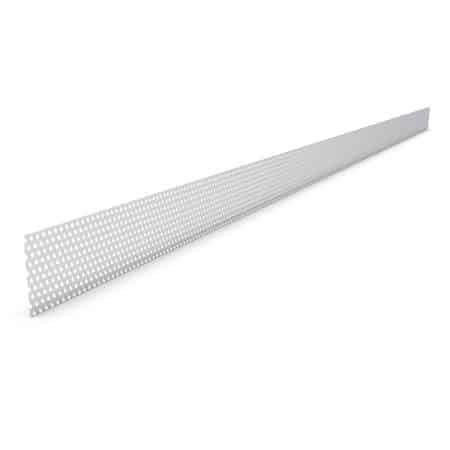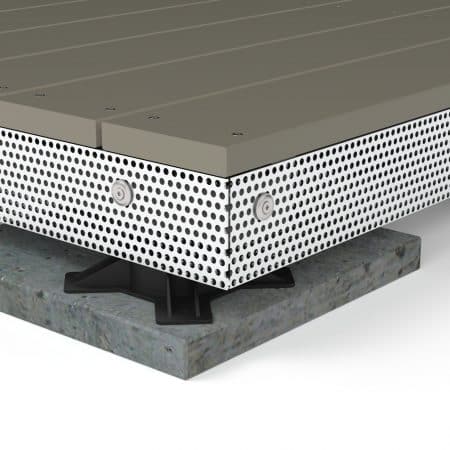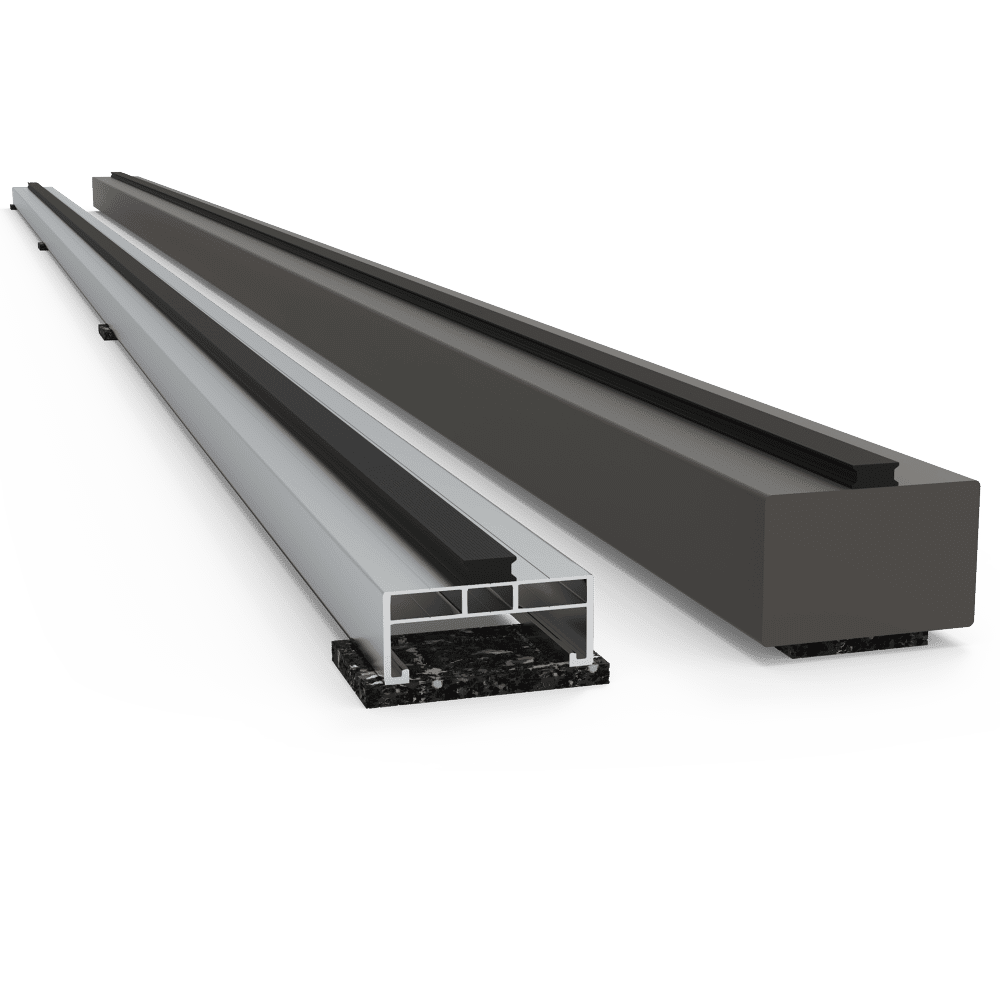
CONSULTATION » Decking boards » Wood or aluminium
Substructure: wood or aluminium?
What is more suitable for terrace construction? The answer is usually: wood – because with aluminum the risk of screws breaking off is very high. Depending on the project and priorities, however, some of the disadvantages of aluminum can be compensated for with the right accessories.
Comparison of wood vs. aluminum
In the following overview we compare the advantages and disadvantages of wood and aluminum as a substructure. Below you can read a detailed evaluation of the properties in relation to terrace construction.
from BioMaderas
Span:
up to 200cm
Lifespan:
at least 25 years
delay:
Max. 1%
environmental balance:
very well
from BioMaderas
Span:
110cm
Lifespan:
practically indestructible
delay:
Max. 0,1%
environmental balance:
bad
Aluminum substructure
Prerequisite A good aluminum substructure requires a wall thickness of at least 2mm and a construction with a double bridge so that the screw sits in two layers of aluminium. Our aluminum substructure meets both requirements.
Benefits an aluminum substructure: It is very straight and practically indestructible. Dimensional accuracy can simplify the construction of a terrace. The fact that the substructure lasts longer than the covering is only an apparent advantage. Because aluminum often cannot be used for the second terrace because there are already drill holes.
Disadvantage the aluminum substructure: the material is unyielding. When working the wooden decking stresses can therefore occur which cannot be absorbed by the aluminium. In the end, this can lead to the screw tearing. In the case of a visible screw connection, however, a distance profile be installed to prevent tearing of the through a shearing area patio screw to prevent the BioMaderas Clips are structured in such a way that the risk is already significantly reduced here. Nevertheless, we recommend a construction with a wooden substructure.
wooden substructure
Prerequisite for a good wooden substructure: The type of wood used in the substructure should be at least as durable as the top covering. A manual sorting should take place in advance so that unobstructable woods with excessive warpage are sorted out. Both requirements are met by our wooden substructures.
Advantage the wood substructure: A wood-wood construction goes better together. There is no metallic squeaking or creaking, there is no build-up of tension and the screw heads are prevented from being torn off. In addition, a wooden substructure made of a dense material achieves a large span and saves support points and pedestals.
Disadvantage the wooden substructure: wood is never as straight as aluminium. However, a slight distortion can usually be compensated for by screwing the construction wood to the floorboards.
Table of Contents
process
calculate demand
calculate costs
Order wood samples
Wood decking shipping
interim storage
Building instructions wooden terrace
grocery list
Prepare the subsurface
meadow or earth
stone or concrete
roof or balcony
hillside
Lay out the foundation
Establish height compensation
Lay the substructure
Install decking
Select saw blade
Screw the decking boards together
Building instructions terrace screws
Assembly instruction clips
Fade wooden terrace
build stairs
Decking boards crooked
Typical mistakes
Care for
Clean
Enjoy
Decking quality
Best decking wood
Wood species comparison
hand sorting
cracks and curvature
Durability wooden deck
Wood vs Aluminum
Concealed screw connection comparison
branded products
finger joint




